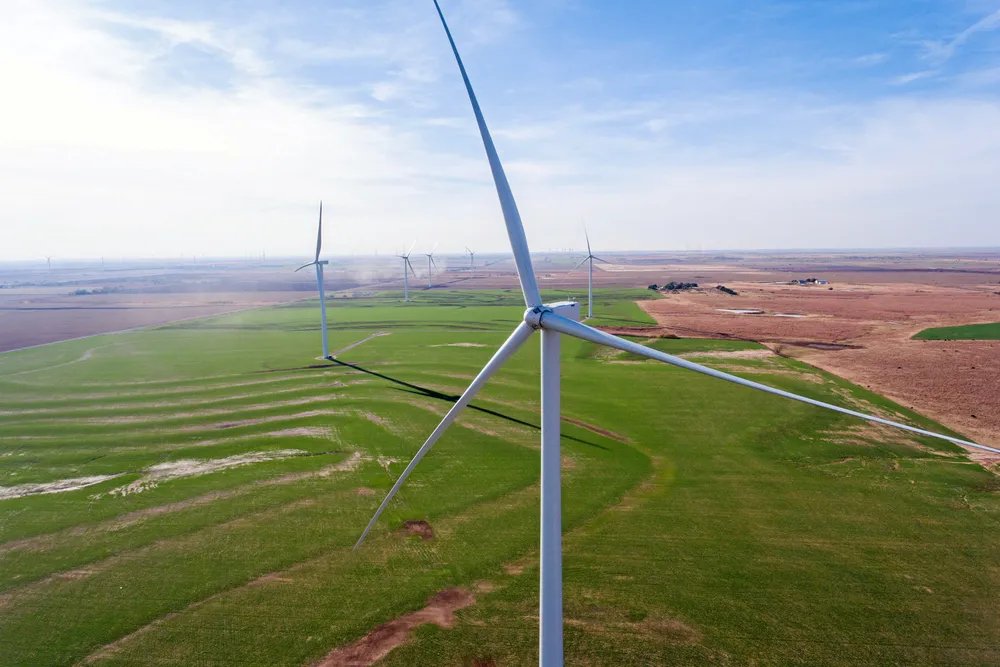No new US fossil generation in first half 2024 as clean energy installations dominate
Nation added over 20GW of electricity capacity so far this year, mostly in solar and storage, but pace of fossil fuel retirements slowed amid growing demand

The US installed 20.2GW of utility-scale generation capacity – no fossil-fired - through June including 2.5GW of wind with developers and owners expected to add another 42.6GW of projects employing different technologies in the second half of the year, according to Energy Information Administration (EIA).
New solar capacity totaled 12GW, 59% of first half additions with Florida and Texas accounting for more than one-third of that total.
Battery storage capacity additions were 21%, or 4.2GW, and concentrated in four states: Arizona, California, Nevada, and Texas.
Wind power made up 12% of US capacity additions with the largest projects – Canyon Wind (309MW) and Goodnight (266MW) – located in Texas, by far the largest wind state with more than 42GW of total installed capacity.
The US also added 1.11GW of nuclear generation capacity as Georgia Power’s Unit 4 nuclear power plant began commercial operation in April.
Looking ahead, EIA said the industry expects to add 4.6GW of wind capacity in the second half of 2024, most of it onshore. If accurate, wind additions would total 7.1GW this year, an improvement from about 6.4GW in 2023 but still far below 8.5GW in 2022.
Onshore wind continues to be held back by interconnection difficulties, siting issues, and a need for more long-haul transmission that would enable development of more remote, resource-rich areas in the country’s interior.
EIA’s data suggests that developers and owners plan to add 25GW of solar in the second half, which would bring 2024 additions to 37GW, a record for a calendar year and almost double 18.8GW in 2023.
Battery storage additions this year could total 15GW with 81% in California and Texas, and 10.8GW potentially installed in July through December.
EIA said retirement of US electric generating capacity has slowed in 2024. Operators retired 5.1 GW of plants in the first half of the year versus 9.2 GW a year earlier. More than half (53%) of the retired capacity this year used natural gas as its fuel, followed by coal at 41%.
Utilities are more cautious about closure of aging fossil plants as they project the US is entering an era of steady electricity demand growth driven by artificial intelligence data centres, greater electrification of the national economy, and expansion and reshoring of manufacturing.
S&P Global Commodity Insights now forecasts that operators will shutter 105GW of coal-fired capacity by 2035 versus the expectation last year that 133GW would close.
President Joe Biden set a 2035 target for the US to achieve a carbon-neutral electric grid, a modification from an earlier carbon-free ambition.
(Copyright)